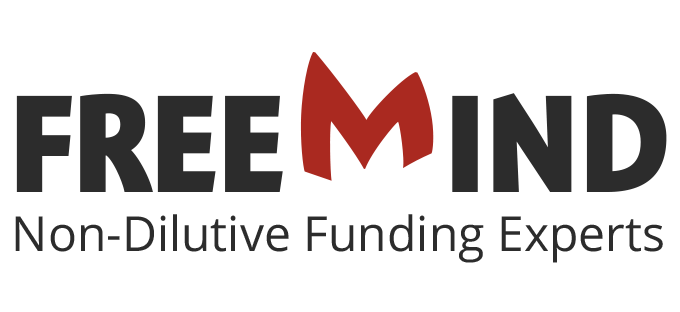In a world in which both medical diagnostics and therapies are shifting towards minimally invasive technologies, it is not surprising that steadily increasing non-dilutive funding is available for innovative medical device companies.
The scope of funding support covers the entire R&D cycle, from early stage exploratory and discovery work all the way to late stage clinical research and validation.
In the webinar in the series of summer educational webinars FreeMind experts will discuss the latest trends at the NIH and the new available funding opportunities with respect to medical devices.
